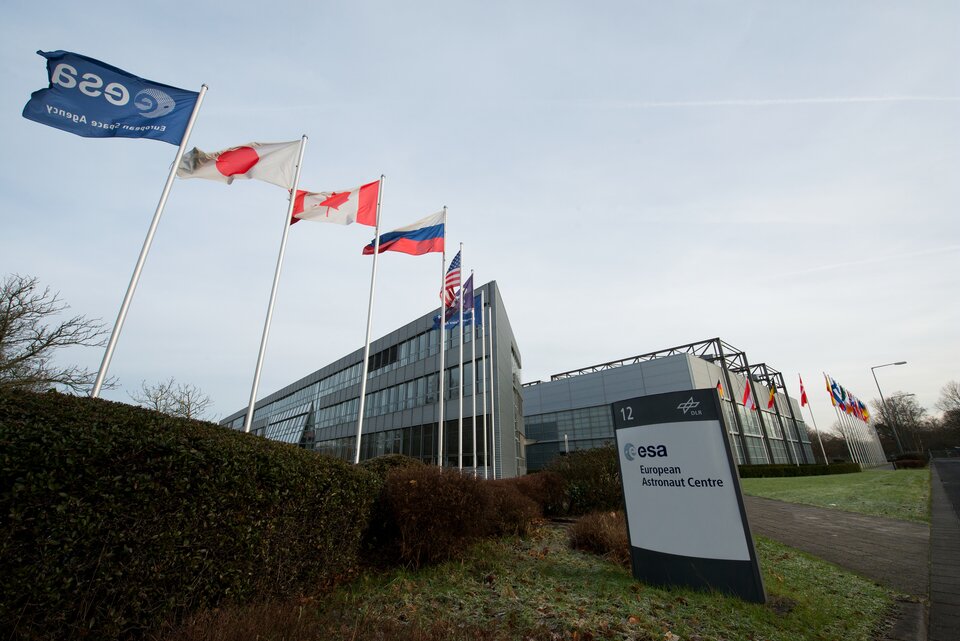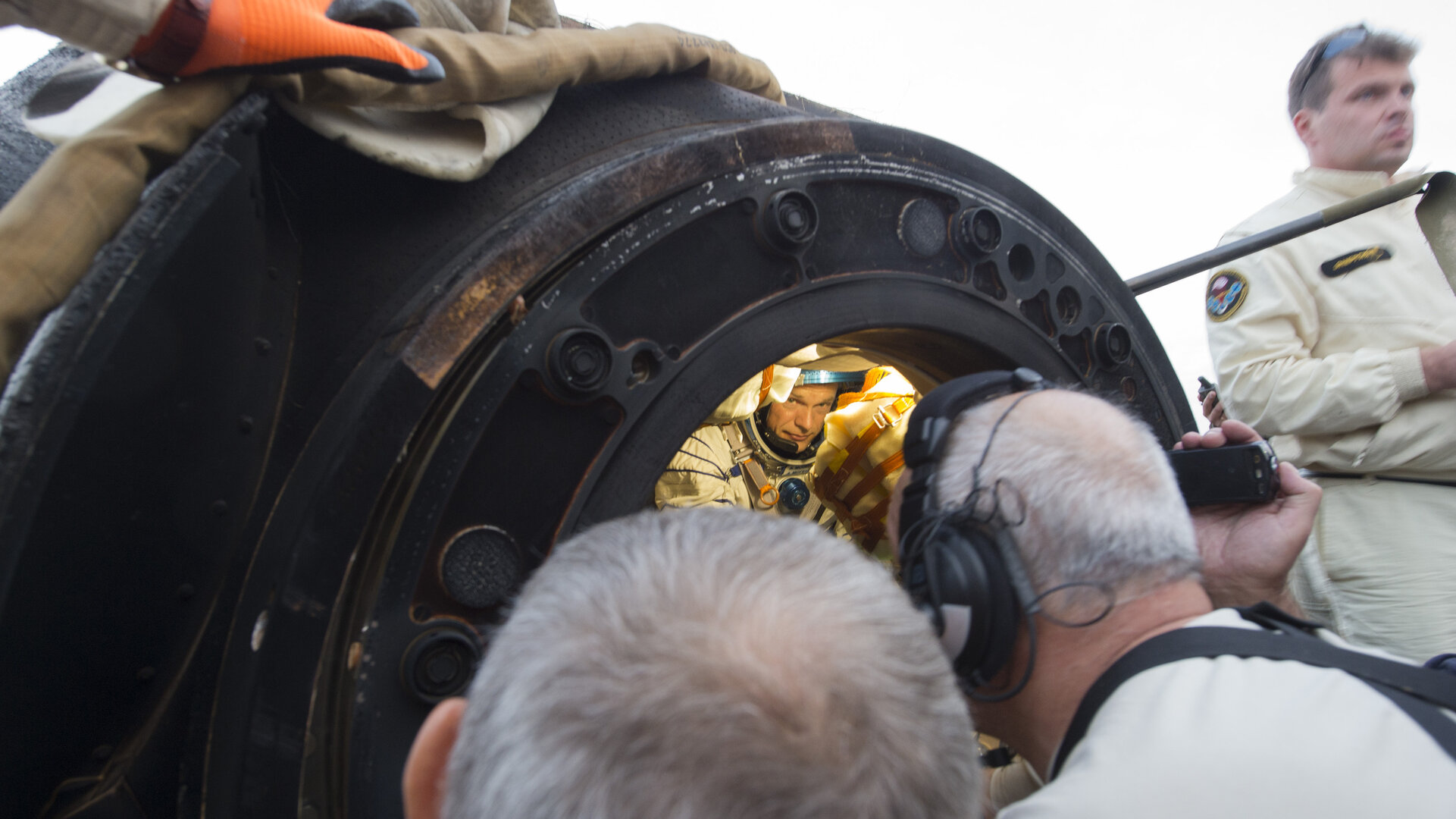Back on Earth
When ESA astronauts land back on Earth after an International Space Station mission, the work was far from finished. Many scientists were eager to get more data on how his body and mind reacted to his time in space. But, first, the astronaut has to adapt to living on Earth again.

Many astronauts note the striking smells and colours upon returning to our planet. After six months of living without a shower, in recycled air and drinking recycled water, the simple pleasures and senses in life are most welcome.
Returning in a weakened state from living ‘without’ gravity, astronauts sometimes need a few days to relearn how to stand up and walk after their bodies have become accustomed to floating around effortlessly. Standing up and balancing can be difficult because gravity affects how the fluids in our bodies behave.
ESA astronauts generally return to ESA’s astronaut centre in Cologne, Germany while NASA crewmates head to Houston, USA, and Russian cosmonauts fly to Star City, near Moscow, Russia.

Some experiments demand immediate access to an astronaut's body to chart how it changed under the influence of gravity. Scientists draw blood, conduct MRI scans and ask questions in the name of science.
Another group of people interested in their experience are the mission controllers and operational support people. A thorough debriefing is held with multiple teams to understand how things went, what could be improved and how to do things better on the following missions.
Lastly, when astronauts finish their rehabilitation, scientific protocol and debriefings, they do a tour to meet the public and explain first-hand what it is like to be in space.


